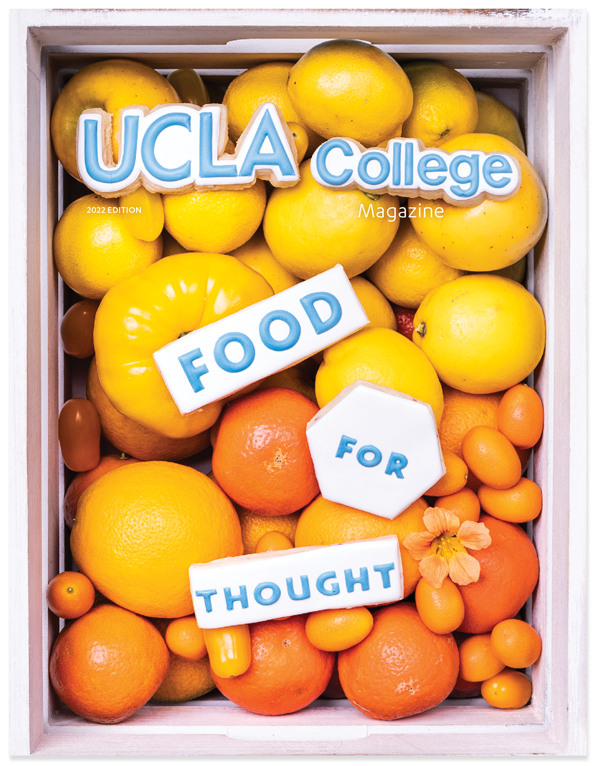FOOD FOR THOUGHT
THIS MOST UNIVERSAL OF TOPICS KEEPS DRIVING INTERDISCIPLINARY INNOVATION ACROSS THE UCLA COLLEGE
BY JONATHAN RIGGS | PHOTOGRAPHY BY ELENA ZHUKOVA
IT STARTS WITH CANDY MAKING AND THE ALCHEMY OF SUGARED SYRUP’S TRANSMUTATIONS: FUDGE INTO NOUGAT, TAFFY INTO TOFFEE, CARAMEL INTO … BURNT KITCHEN DISASTER.
That alone is enough to hook students, says professor of biochemistry and chemistry James Gober, whose new course “Food: Molecules, Microbes, Environment” explores the basic scientific principles of cooking. (We have the phenomenon of boiling-point elevation to thank for candy making’s versatility.)
Gober’s course includes a discussion on heat transfer — what actually happens on the molecular level when you smoke meat versus grill it — and he is planning a demonstration in which students learn about the concept of emulsion by making mayonnaise. Future discussions will cover everything from the bacteria that make cheese possible to why xanthan gum thickens Thanksgiving gravy.
“I wanted to do this course because, as a scientist, it really bugs me how many myths and misconceptions there are about what we eat,” Gober says. “I thought it’d be fun to use the science of what food actually is to make students think critically.”
No fewer than 90 students enrolled in Gober’s course, whereas most upper-level chemistry electives typically enroll about 30.
“It’s empowering for students to learn even something like ice cream represents science in action,” he says. “My course dovetails nicely with so many other things going on at UCLA around food, one of the most intrinsically multidisciplinary areas.”
ENGINE OF EVERYTHING
Across UCLA’s campus, food represents a powerful and accessible entry point into any field, with local, national and global repercussions. Nowhere is this clearer than in the recent creation of the UCLA Rothman Family Institute for Food Studies. Located in the division of undergraduate education, it will house UCLA’s food studies minor and support expansion of curricular and co-curricular activities while bringing together faculty, staff, students, chefs and community members.
A $13.5-million gift will provide ongoing funding for research, curriculum and resources, including the first endowed food studies librarian at a university, as well as hands-on experiential learning opportunities, a new chef-in-residence program and expansion of the UCLA Teaching Kitchen.
“The institute will also guide and inform public policy while addressing issues that impact us all, including food insecurity, climate change and advancing innovations in food systems,” says dean of the division of undergraduate education Adriana Galván. “By providing a means and the resources to explore these concepts, our students will have an unparalleled collaborative opportunity to enact true change.”
A UCLA political science alumna who became famous as TV’s “$5 chef,” Marcie H. Rothman was key to helping the institute take permanent shape, tracing its genesis back to her parents and sister, Bruins all.
“Food connects and sustains,” she says, “and the Rothman Family Institute for Food Studies will represent all of that and more for current and future students and faculty.”
Fittingly, biophysicist Amy Rowat, a pioneer in engaging general audiences and students with science via cooking, serves as UCLA’s inaugural Marcie H. Rothman Professor of Food Studies.
“I’m thrilled and grateful that this chair will support our vision of a world where we can produce delicious, nutritious foods to sustainably feed all,” Rowat says. “I’m also excited to expand my education research, using food to empower students to tackle complex societal challenges.”
One such challenge looks to the impending reality of cultured meat. The process involves cultivating animal cells in a lab — eliminating the need to kill any animal — to create an unlimited amount of genuine meat products, potentially engineered to be healthier for human consumption.
“Cultured meat is not commercially available yet, but it will be soon,” says A. Janet Tomiyama, an associate professor of psychology. “It could save the Earth, but humans have to adopt it, so the psychological aspect is crucial.”
Tomiyama and Rowat are part of an interdisciplinary team that published a paper outlining the potential challenges of bridging the gap between science and public perception.
“Food isn’t nutritious until it’s eaten — the decision to eat or not is important but not studied often,” says Tomiyama. “We make so many different decisions every day to eat this or not eat that. And people think about food all the time; they take pictures, talk about it. It seems natural to study what drives different eating behaviors.”


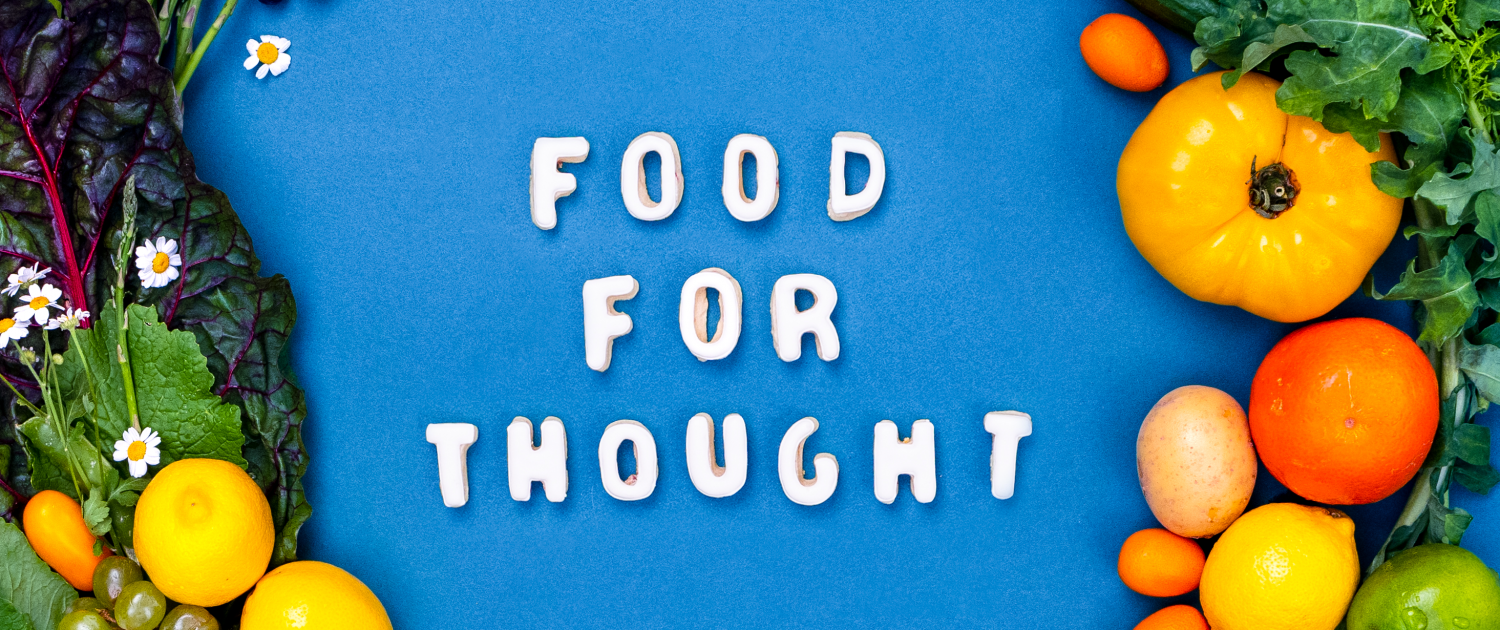
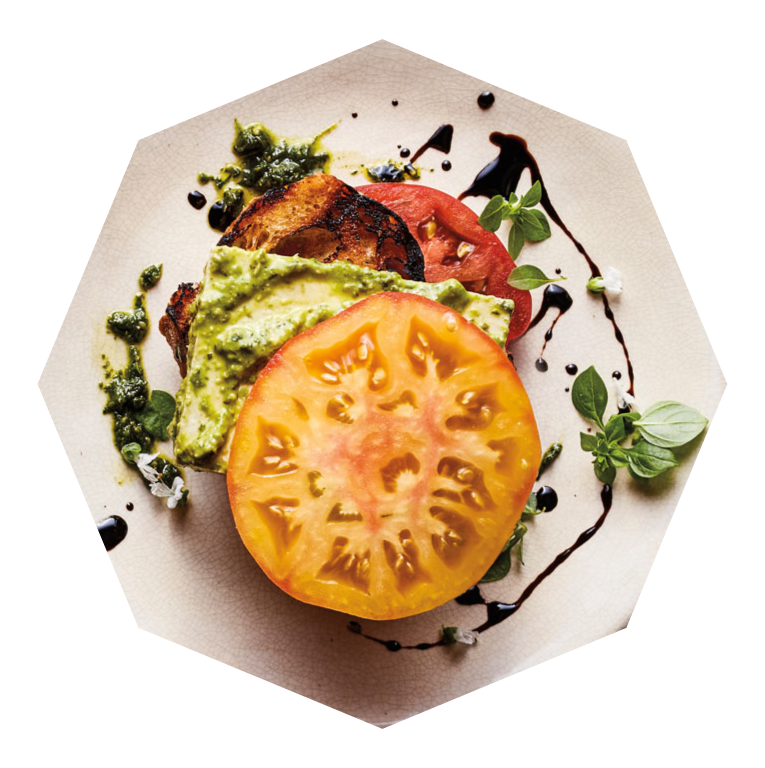 2013
2013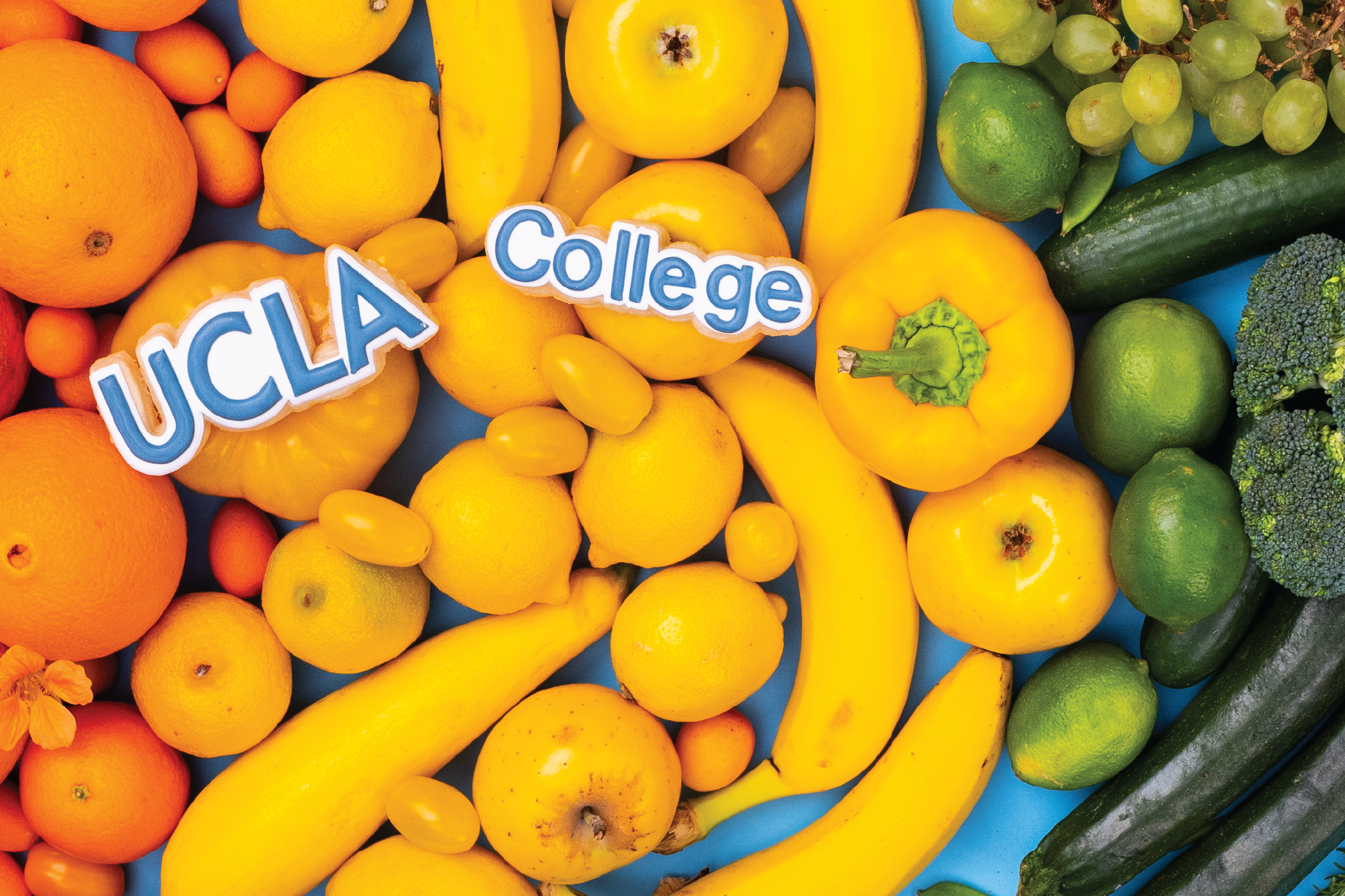
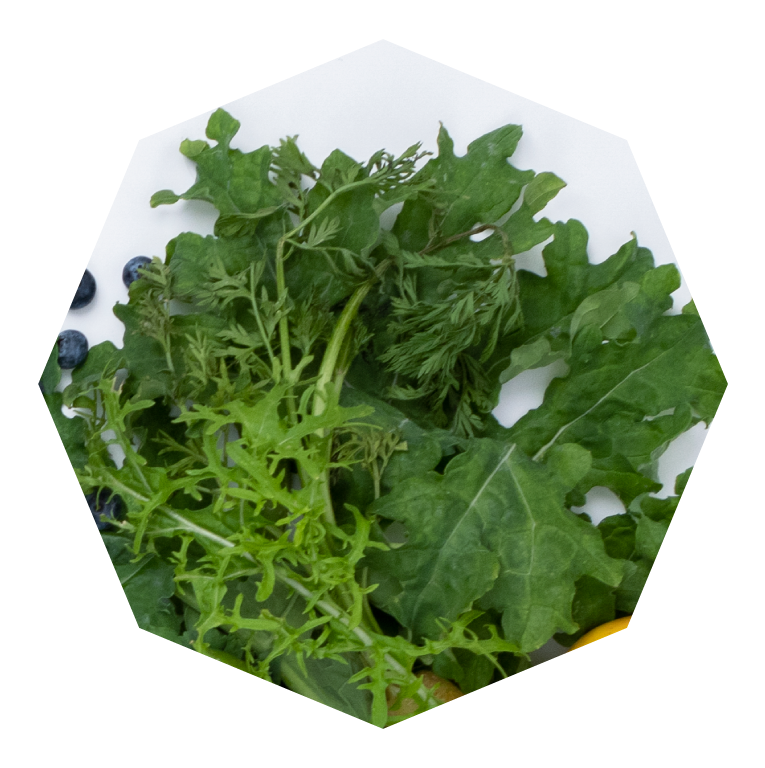
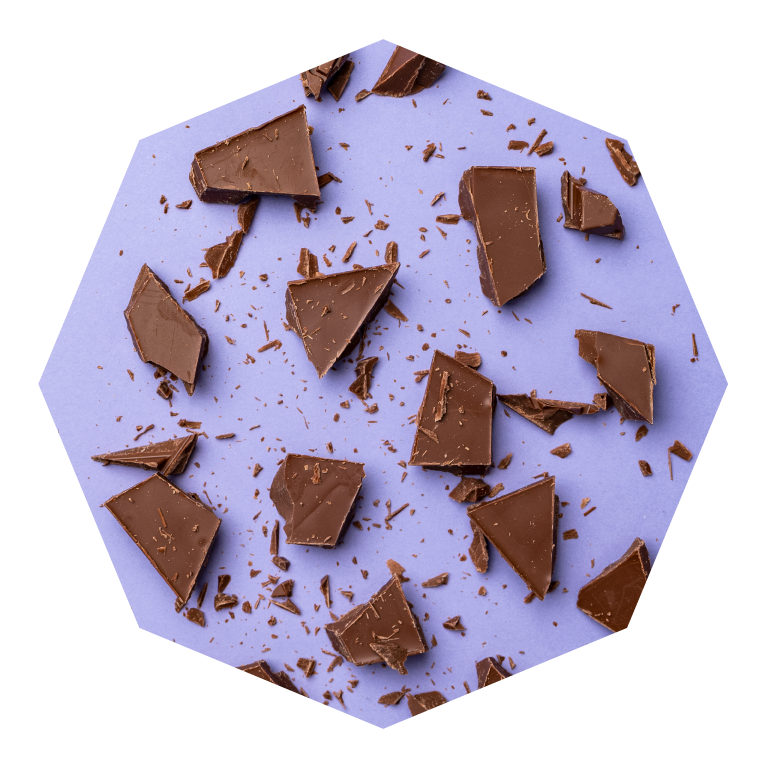
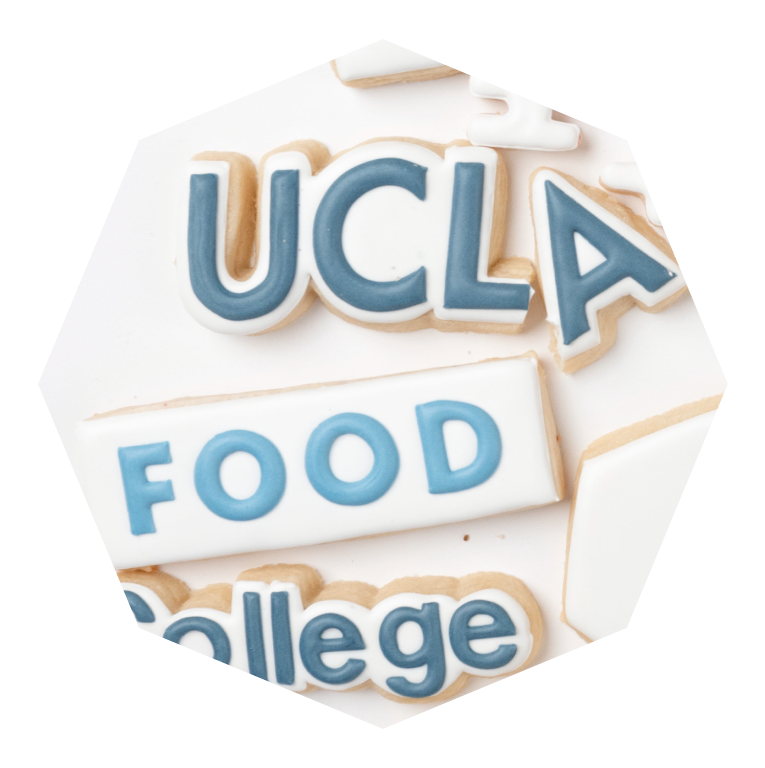
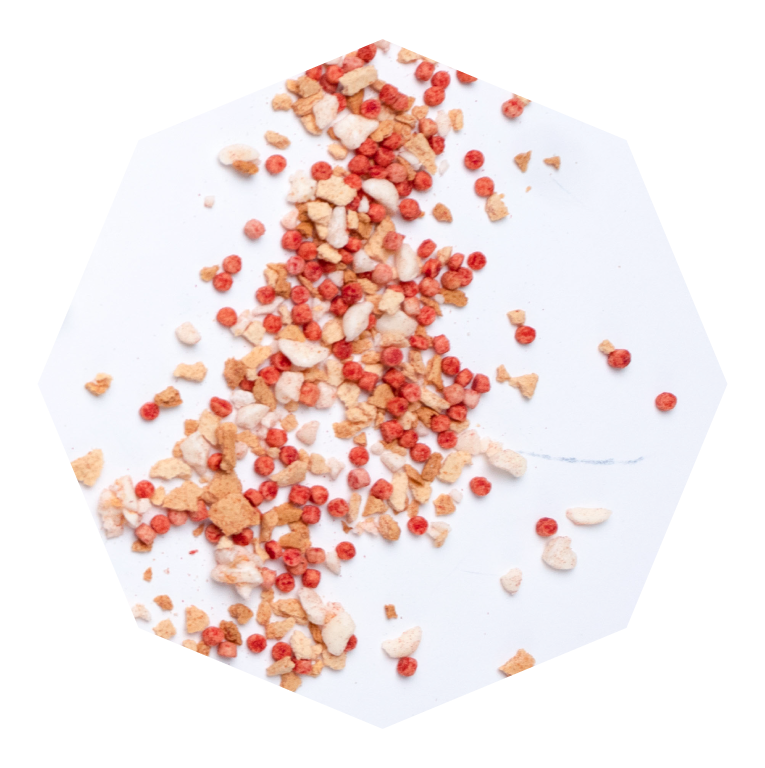

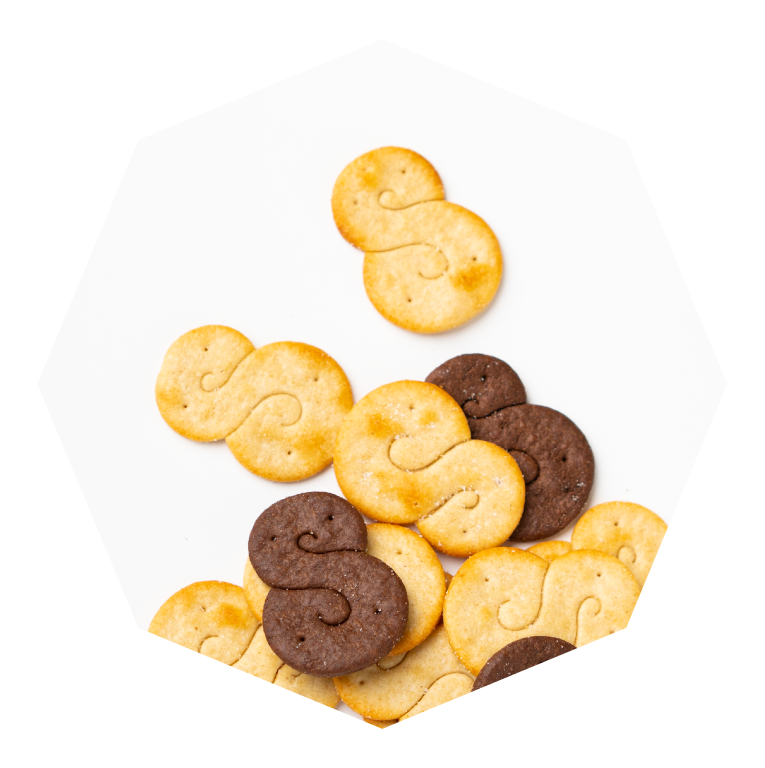 UCLA Institute of the Environment and Sustainability students Kiera Dixon and Malia Michelsen, under the mentorship of Catherine Carpenter,
UCLA Institute of the Environment and Sustainability students Kiera Dixon and Malia Michelsen, under the mentorship of Catherine Carpenter, 